Trupal Pandya: Tribal Portraits
Heidi: What is your process for gaining trust in these different subcultures?
Trupal: When I am traveling, I make an effort to be accepted and slowly assimilating their ways of life. The first few days that I spend with them I don’t photograph them, but instead wait until they accept and understand why am I there. Sometimes, this would mean I live with them in their houses, sleep where they sleep, eat what they eat and talk to them, show them my work from other parts of the world so they understand what am I there to do. It’s about making a connection. It’s very important to me that they feel comfortable and let their guards down before I start photographing them. I also carry a Polaroid camera which is my only camera for the first few days so I could share my photos with them. I feel if your intentions are right, people can sense it. I am also a big believer of the universal language where one doesn’t need words to communicate.
You mention “when your intentions are right” what are yours?
I find it more important now than ever to spread awareness of all that is contained in these precious tribes. I believe that man was meant to live on the earth, joyous and free, in harmony with his surroundings. These are qualities I’ve seen in the Konyak, the Huaorani, and the people of the Omo Valley. Installed in all these tribes that are slowly being dissolved, is a peace of mind and heart that the people of the industrial societies are forever longing for. It is ironic that the cycles of civilization have us forever coveting the lives of others. The people of the western world, after centuries-long reliance on technology, are now beginning to look again toward nature. Herbal medicines, organic, sustainable farming and even wild foraging are coming into vogue in the major cities. Meanwhile, for these tribes there are repercussions of invading philosophies, removing from the “primitive” people their methods and magic, and their sacred ways have now been replaced with antibiotics and accusations of ineffectiveness and unsophistication. When the day comes that the developing nations find that modern is not always better, will the knowledge still be there when they return to seek it? I don’t know if it will, so it is with great care that I do my best to fulfill this inherent feeling of duty, this calling, that through my photography I may lend a voice to those who can’t always speak loud enough for others to listen. What I hope to be heard is, that no matter what the opinion may be of certain rituals or ideals, as a whole these communities, closely tied to the earth, closely tied to the wellbeing of their tribes as a whole, embody a greater happiness and wealth than could ever be found in the isolating madness of the material-driven world.
.How do theses tribes benefit from your work?
I don’t really think I go there to benefit the tribes specifically, nor am I there to change the way they live or stop them from changing. I don’t think I am anyone to decide who changes and who doesn’t. What might seem like a loss of culture to you and me might be a better way of living for them. More facilities and a brighter future. I am not sure if my work benefits a particular tribe. What I am there to do is honor their culture and preserve a record of it so that it can benefit our whole human family.
A lot of research and planning. Finding the right person who speaks the right languages and understands what I do so they can convey my messages to the people I am photographing and get me access to certain places. There’s a lot which happens after I photograph them. I am very sensitive about where my photos go afterward, how are they printed and how are they presented. Their journey doesn’t end till they reach where they belong.
Yes, absolutely. My life goal is to have an exhibition in a space which has hundreds of portraits of people from around the world on a white backdrop. I want the distractions of culture and geography to fade into the background. I want to have no name tags, no location, no country name and call the exhibition ‘Human.’ Aren’t we all the same in the end? Of course, I would let someone come to my house and let them document my life.
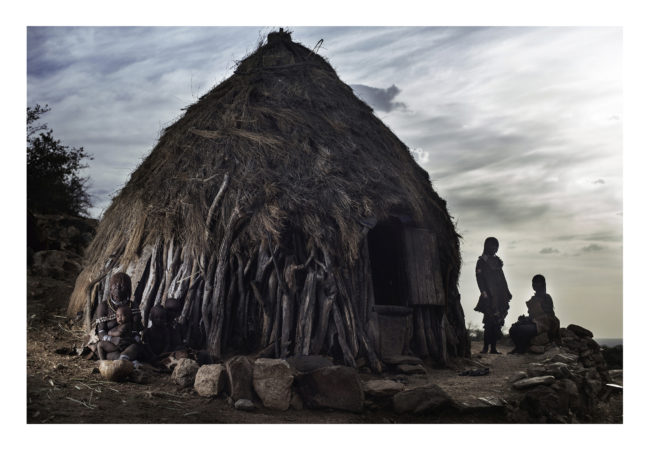
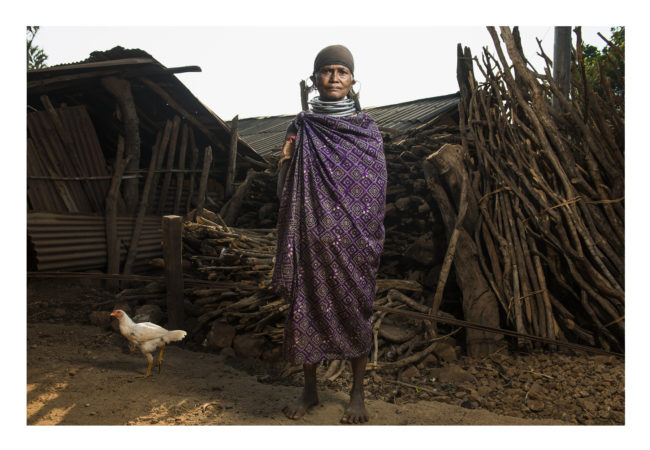
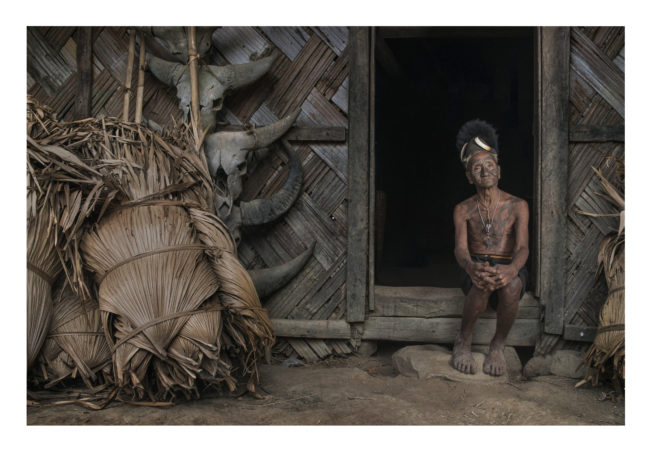

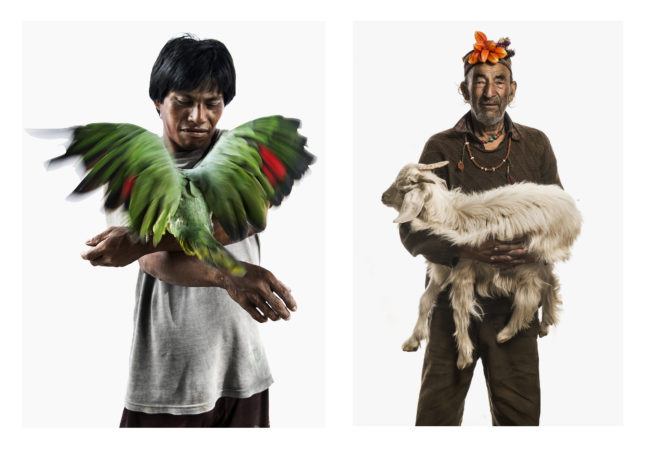
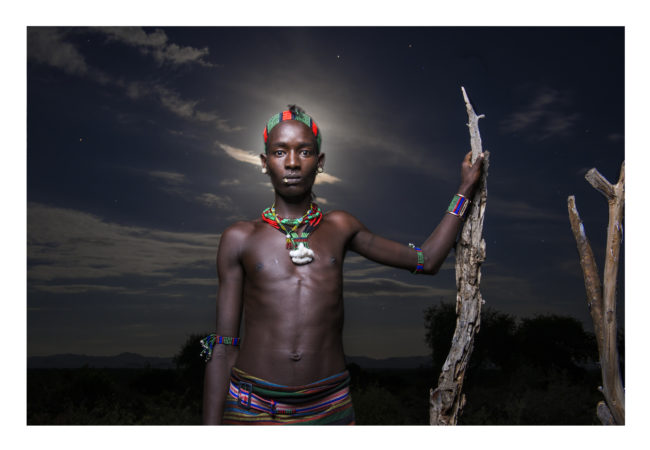



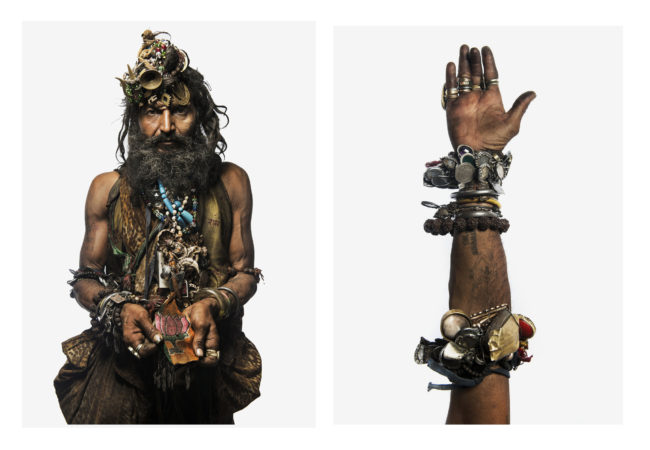
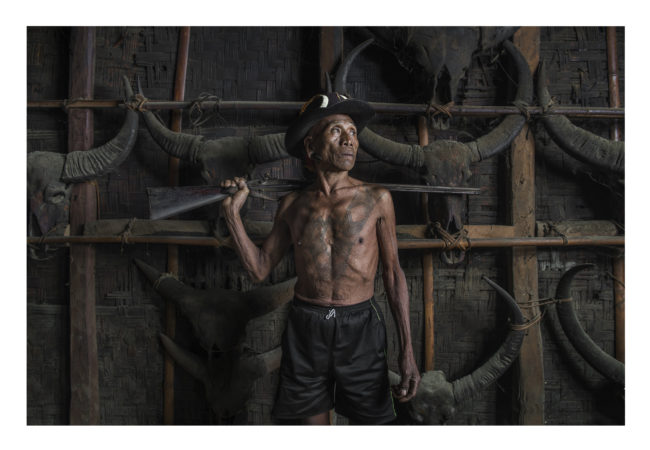

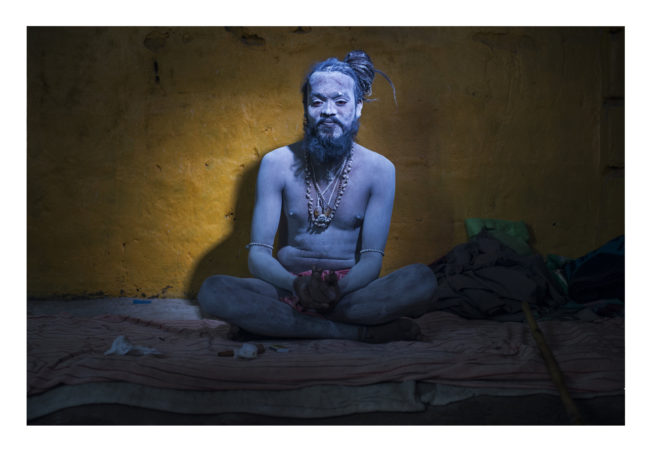

1 Comment
truly inspiring way to capture cultures and emotions. great work. even greater ethics and understanding of human emotions.
Comments are closed for this article!